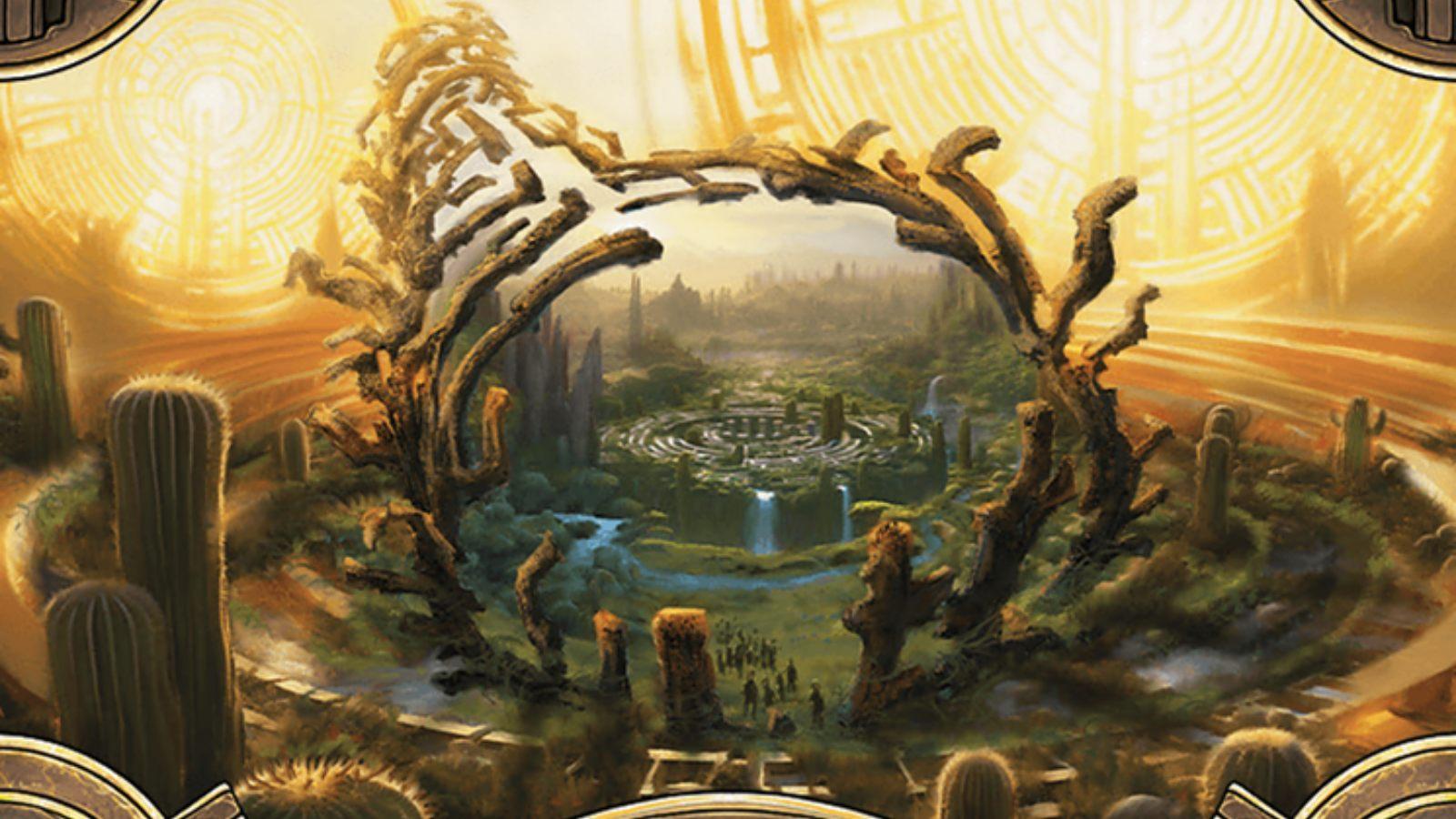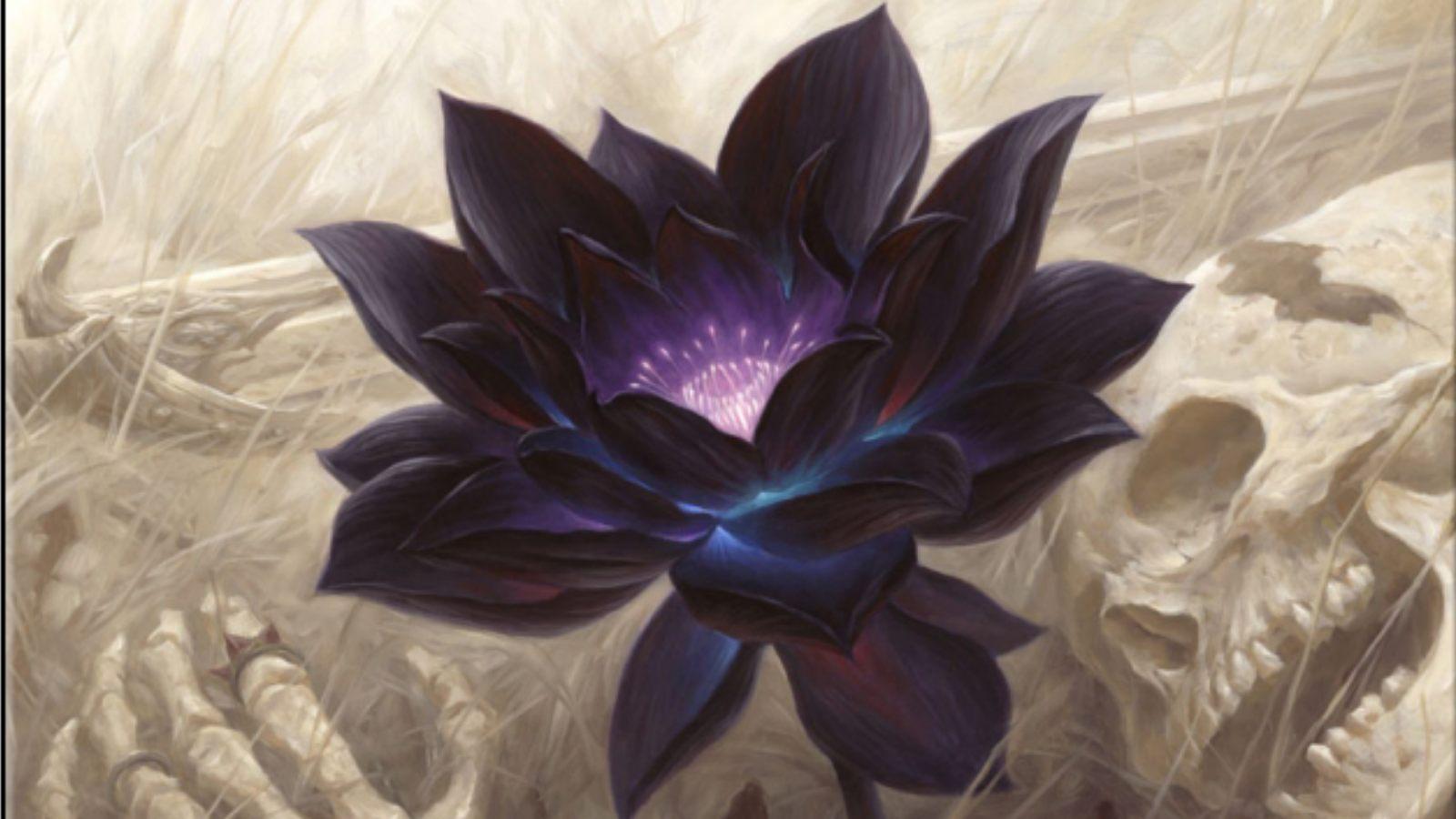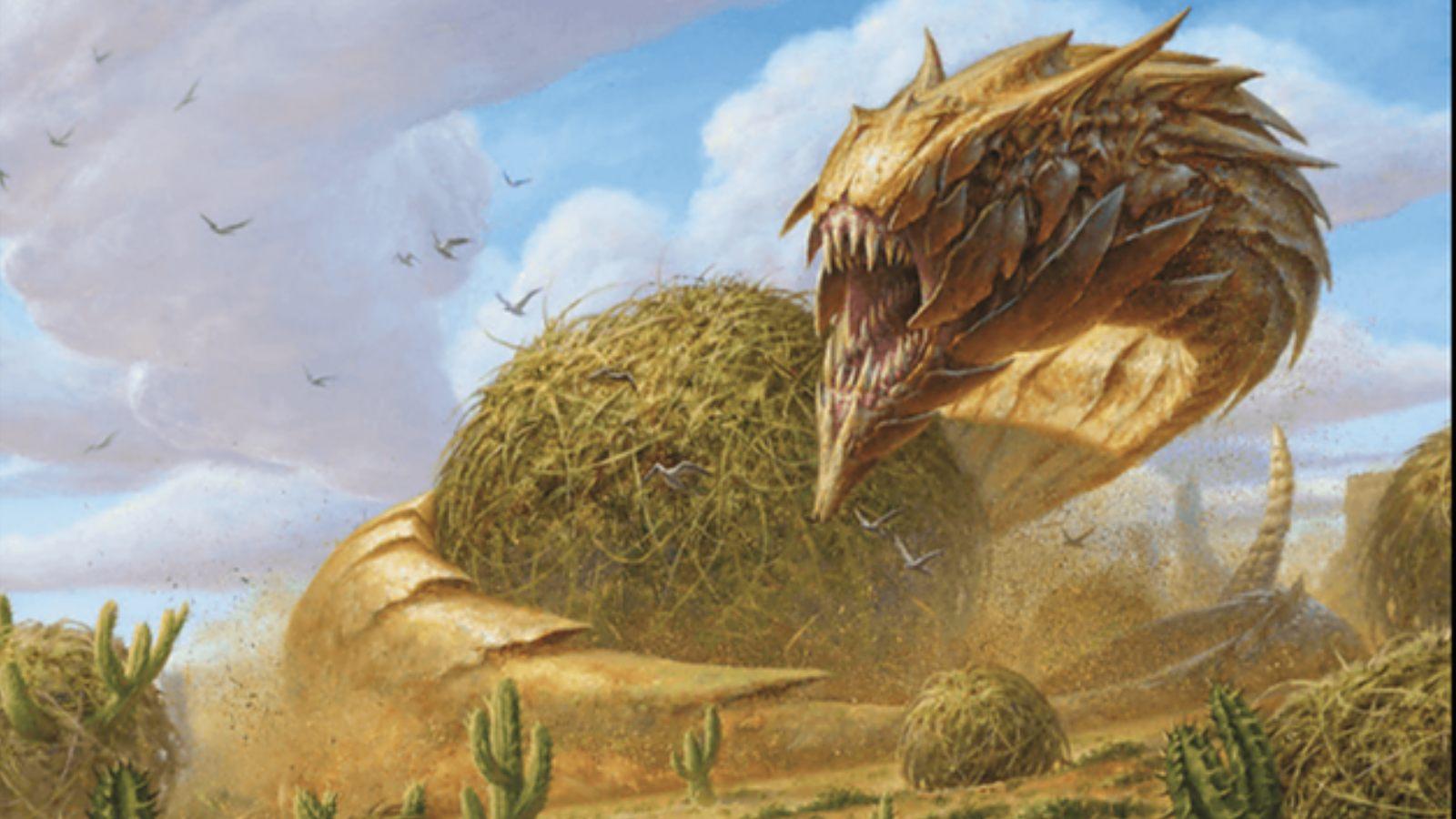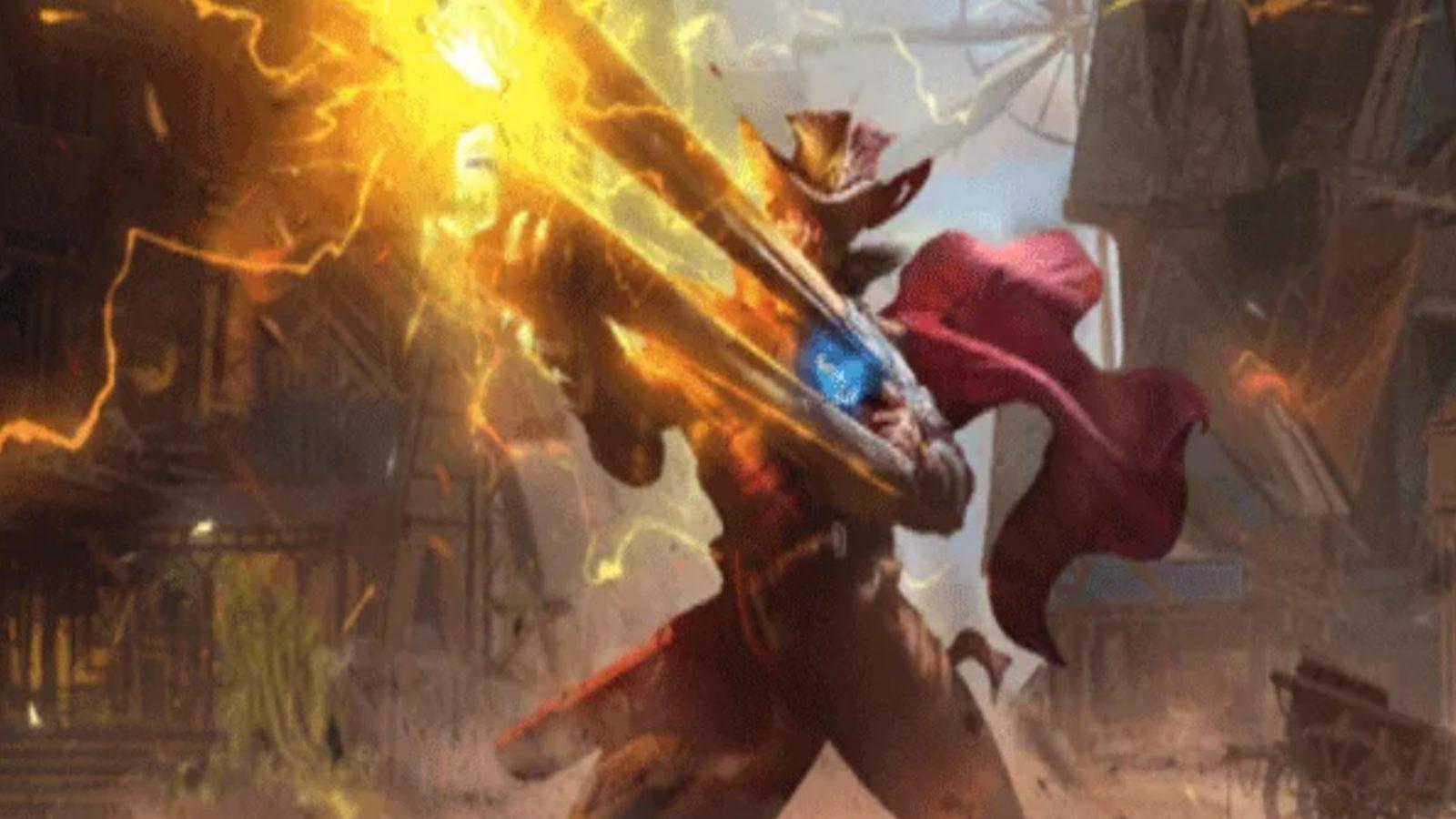MTG Outlaws of Thunder Junction mechanics explained
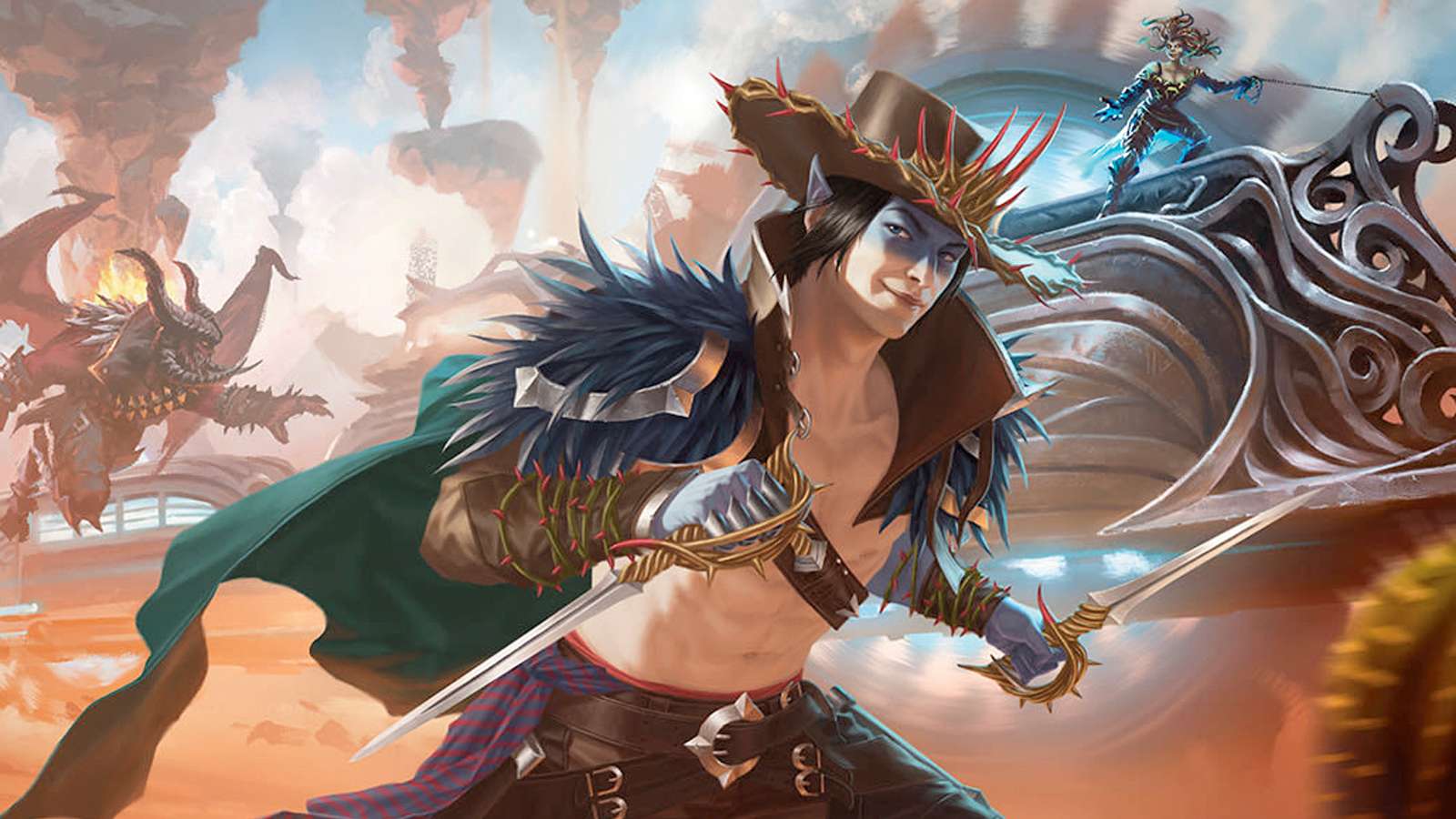
With the debut of Outlaws of Thunder Junction bringing villainy to the forefront, here’s how all the new Magic: The Gathering mechanics work.
The latest Magic: The Gathering set, Outlaws of Thunder Junction has introduced a slew of new mechanics to the game. Each set brings its own flavor, but some of these mechanics now affect the entire game, rather than the set itself.
Outlaws of Thunder Junction is bringing villains to the front and center. With the themes of the Wild West, heists, and general villainous shenanigans all on the table, let’s break down each mechanic.
How Outlaw works in MTG
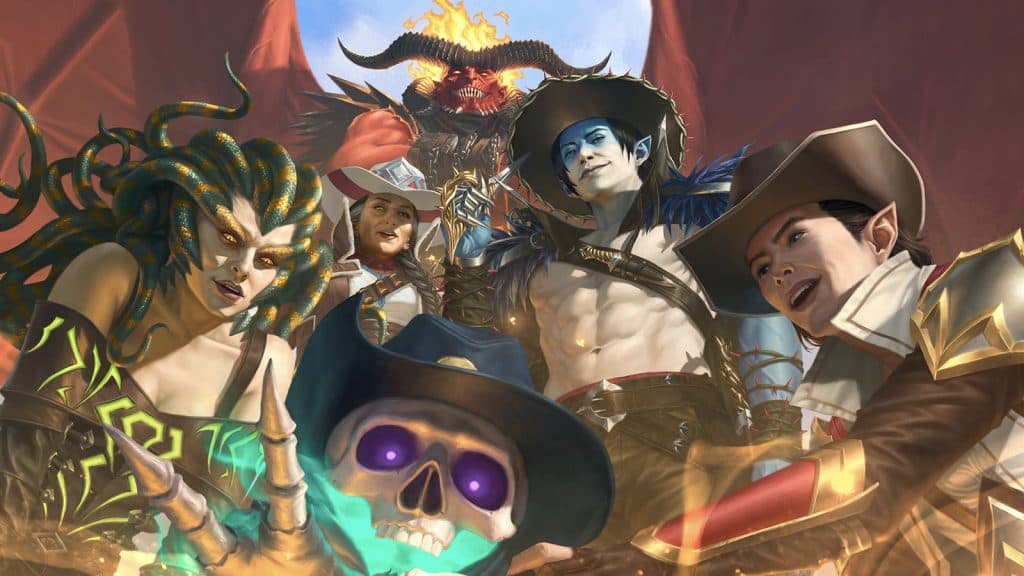
Functioning similar to Zendikar Rising’s Party mechanic, Outlaw groups a number of creature types for additional bonuses in the game. This will often be tied to an ability on a card.
However, it doesn’t appear to be tied to having every type of creature at once to have it become active, like the Party mechanic. If Rogues, Wizards, Warriors, or Clerics weren’t all present on the board, there’d be no “Party”.
Here, it appears that Outlaw is just constantly active all the time – as long as a single creature type fits the bill.
What cards & creatures count as Outlaw in MTG?
Outlaw will work as long as one of the following creature types are in play:
- Assassins
- Mercenaries
- Pirates
- Rogues
- Warlocks
Not only does Outlaw encapsulate the entire game, but the color pie too. Every kind of deck could potentially support the Outlaw mechanic if the cards are there to support it.
So far, we’ve only seen one or two cards that have an ability surrounding it. In one of the Commander decks, the card Olivia, Opulent Outlaw allows for a treasure token to be made each time an Outlaw deals combat damage to a player.
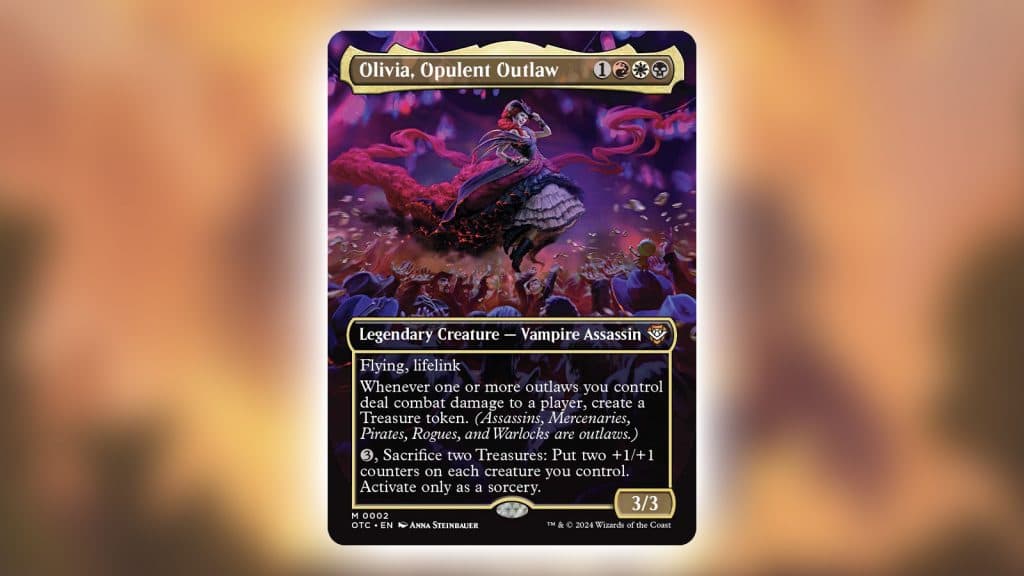
With the game seeing an influx of pirates and rogues from Lost Caverns of Ixalan, and Assassins being a huge part of the upcoming Assassin’s Creed set, it’ll be easy to build out any Outlaw-themed deck.
How Crimes work in MTG
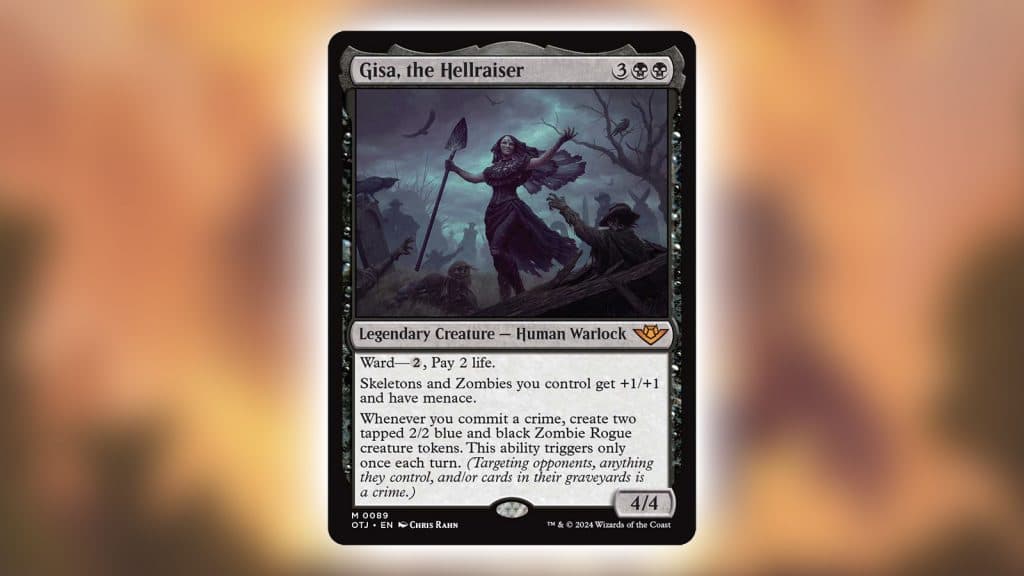
Committing Crimes in Magic: The Gathering is when you directly target anything that the opposing player controls. As explained by Mark Rosewater, the head developer of MTG, the design of each card is supposed to encourage crimes to be committed in-game.
If you target a creature with a spell, that’s committing a crime. If you exile a card out of a graveyard, you’ve committed a crime. If you counter a card that the player controls, that’s a crime.
Do Crimes also include the Stack?
Yes, as abilities and spells still resolving on the Stack are technically “under control” by the opposing player.
Crimes have also retroactively been fit into the whole game. While the ability revolving around crime needs to be in play, this is now spread throughout every format in the game.
So far we’ve seen a few cards with Crime-related abilities, including returning card Gisa, the Hellraiser. She can make two 2/2 blue and black Zombie Rogue tokens once per turn when a crime is committed.
How Spree works in MTG
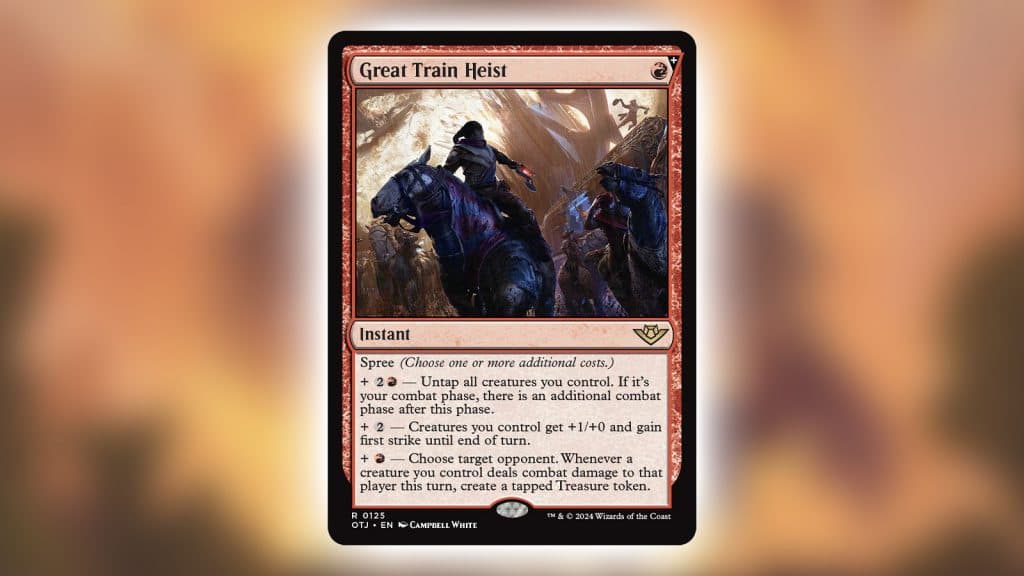
Spree cards have a base mana cost, but no abilities. You then add the card’s costs detailed in the text box to add abilities to it to get the effect. Spree cards are also indicated by a new card design. They’ll have a small plus symbol to indicate that you’ll need to add additional costs to the card’s base cost.
For instance, Great Train Heist costs 1 red mana. As it indicates with a “+” next to the base cost and says “Spree” in the text, you’ll need to add up to three of the abilities detailed on the card to activate it.
For an additional red mana, you can gain a treasure token whenever a creature you control deals combat damage to them. Or, if you wanted all three abilities, you’d be paying 7 mana in total, including 2 additional red mana.
Spree is similar to Kicker but with a bit more flexibility in terms of what these cards can do.
How Mount & Saddle works in MTG
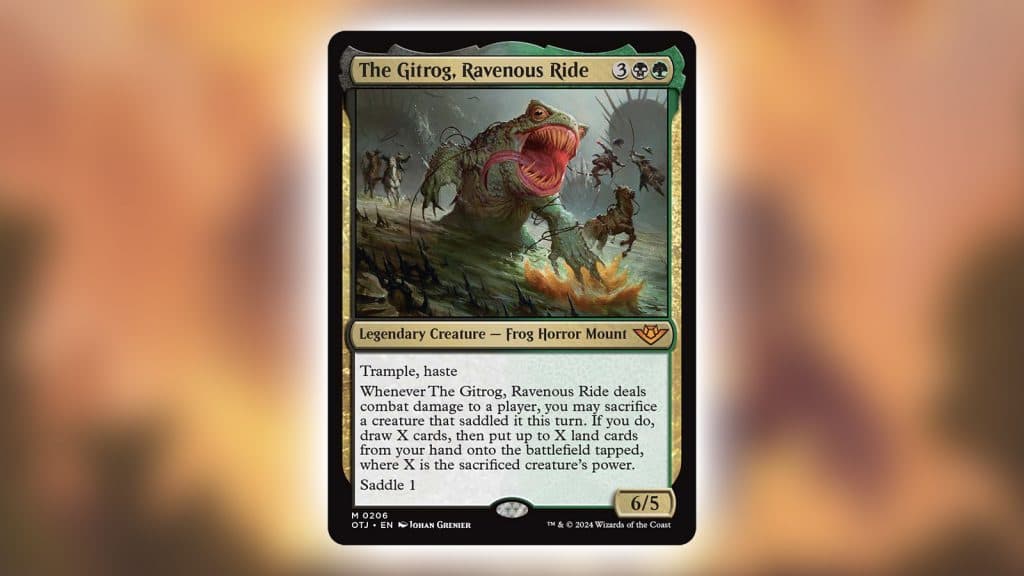
Mount & Saddle functions similarly to Vehicles, in that you need to tap creatures to meet the Saddle cost. Once Mounted, you’ll be able to activate the detailed Saddled ability. Being mounted only lasts until the end of your turn.
We saw the classic Gitrog Monster, which has somehow appeared in the world of Thunder Junction. As it’s fairly unhappy to be ridden, it can optionally eat the mounted creature after dealing damage. When it does, it’ll let you draw X cards and put X land cards on the board, depending on the sacrificed creature’s power.
In a presentation, Mark Rosewater claimed that this ability had been wanted for decades.
How Plot cards work in MTG
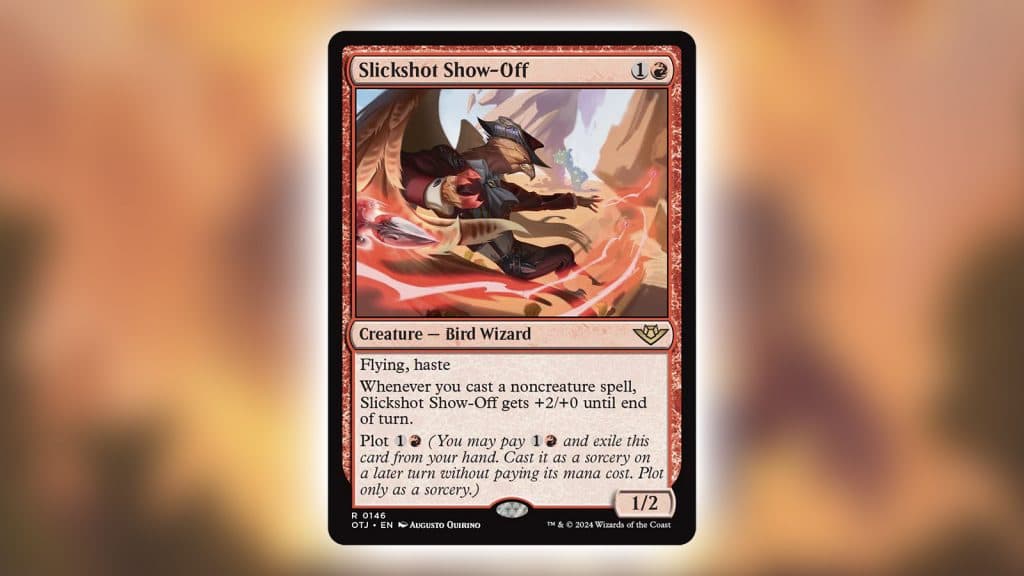
Plot is a new mechanic that allows you to pay an alternative cost, exile the card in question, and play it later down the line at sorcery speeds. You won’t need to pay the cost of the card again, just the Plot cost.
It’s designed to tie into the villainous theme, where you’ll plot a scheme and execute it once the time is right.
However, while this seems similar to Foretell from Kaldheim, it doesn’t allow you to cast at instant speeds. The upside is that it is now much cheaper to incorporate into your plans as you don’t need to pay up once you’ve Plotted.
If you click on a product link on this page we may earn a small affiliate commission.
